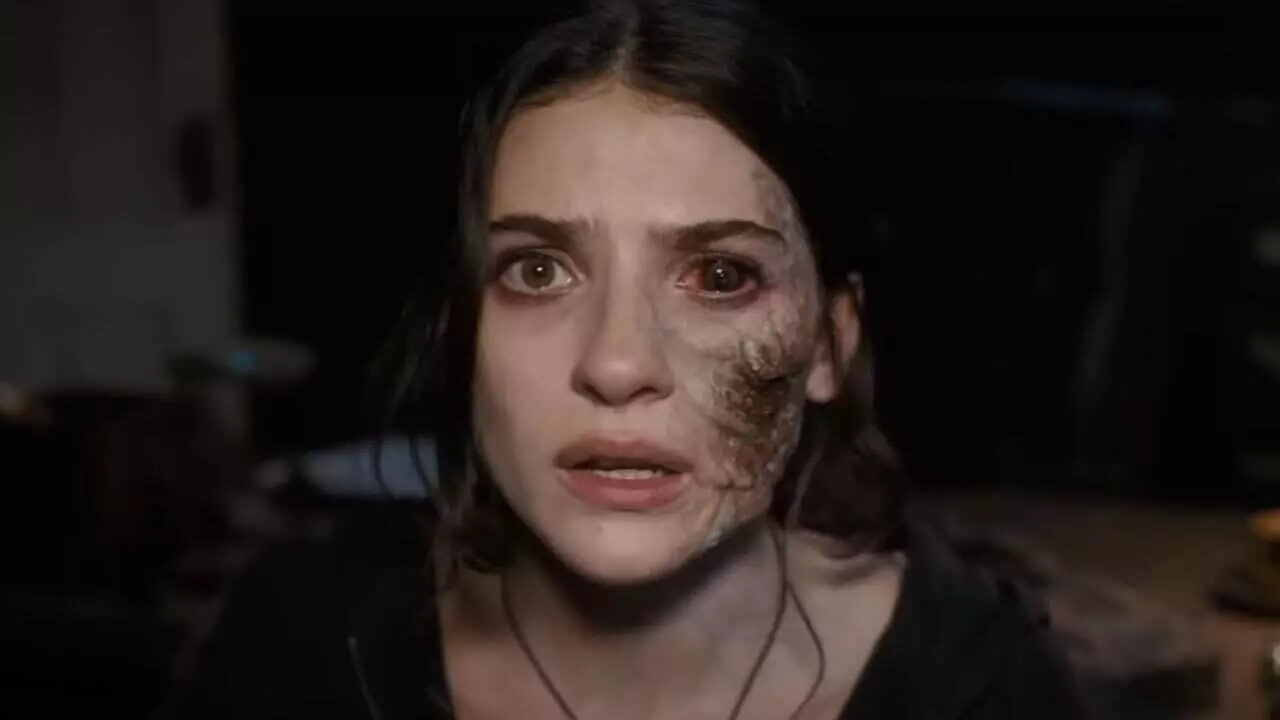In the landscape of film adaptations, video games have historically faced a treacherous path. Many prominent titles have resulted in dismal box office performances and critical failures. However, hope emerges as the highly anticipated trailer for *Until Dawn*, a film adaptation of Supermassive Games’ acclaimed horror video game, sheds light on a promising new entry into this challenging genre. With a talented cast—Odessa A’zion, Michael Cimino, and notable actor Peter Stormare as Dr. Hill—the film’s premiere on April 25 has garnered significant buzz among both gamers and horror enthusiasts.
The storyline plunges viewers into a gripping narrative, centered around Clover, who, a year after her sister Melanie’s mysterious disappearance, embarks on a harrowing journey with her friends into the very valley where her sister vanished. This premise neatly capitalizes on the classic horror trope of teens venturing into perilous locations in search of truth, a formula that has served the genre well. However, what sets *Until Dawn* apart is the innovative concept of a time-loop. As characters confront a masked killer and face grisly murders, they inexplicably wake up to relive the same fateful night. This cyclical storytelling aligns closely with the gameplay mechanics that allow players to make strategic decisions—creating rich layers of intrigue and dread.
Director David F. Sandberg promises a multifaceted horror experience, describing how each resurrection transitions the characters into different horror sub-genres. This meta-narrative approach not only invites audiences to engage with the story on multiple levels but also mirrors the interactive nature of gaming itself. Fans of the original title are likely to appreciate the homage to the game’s influential gameplay, which often revolved around the consequences of choices—echoing the cinematic trope of survival.
It seems evident that Sandberg is committed to crafting an experience that transcends simplistic adaptations. With the ability to redefine horror scenarios through the characters’ endless looping fates, the film could provide both tension and unexpected twists that keep viewers on the edge of their seats.
*Until Dawn* is set to hit theaters among a slew of other video game adaptations this year, which could signal a further acceptance of video games as a rich source for cinematic storytelling. Upcoming titles like the *Minecraft* movie, *Mortal Kombat 2*, and the much-anticipated *Five Nights at Freddy’s 2* highlight the burgeoning interest in creating robust narratives from interactive experiences. The television sphere is not lagging either, with projects like *The Last of Us* Season 2 and *Twisted Metal* aiming to explore deeper narratives from their source material.
As excitement builds for the film’s release, Supermassive Games continues to thrive. Their recent showcase of *Directive 8020*, a sci-fi horror game set for release in October, suggests that the studio is not only invested in adaptations but also in pushing the boundaries of gaming as a storytelling medium. As audiences await April 25, *Until Dawn* presents a tantalizing glimpse of how video game driven narratives can evolve into compelling cinematic experiences—a chance to reflect on what horror means in both gaming and film worlds. This convergence of mediums may usher in a new era where the narrative depth of video games finds its rightful place on the silver screen.

